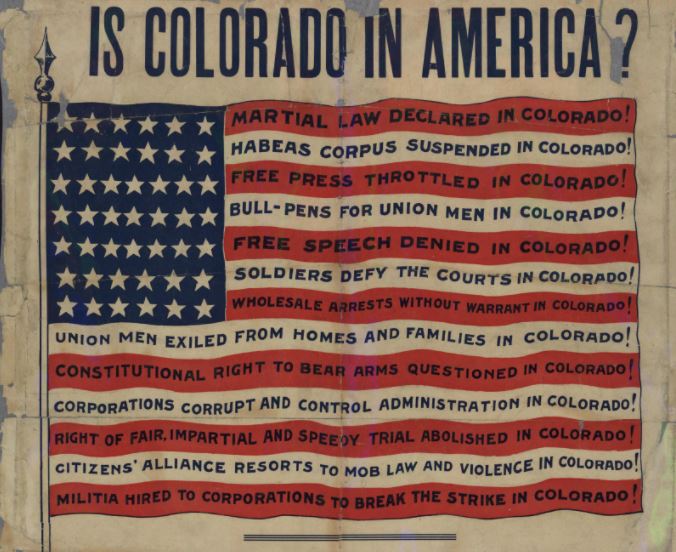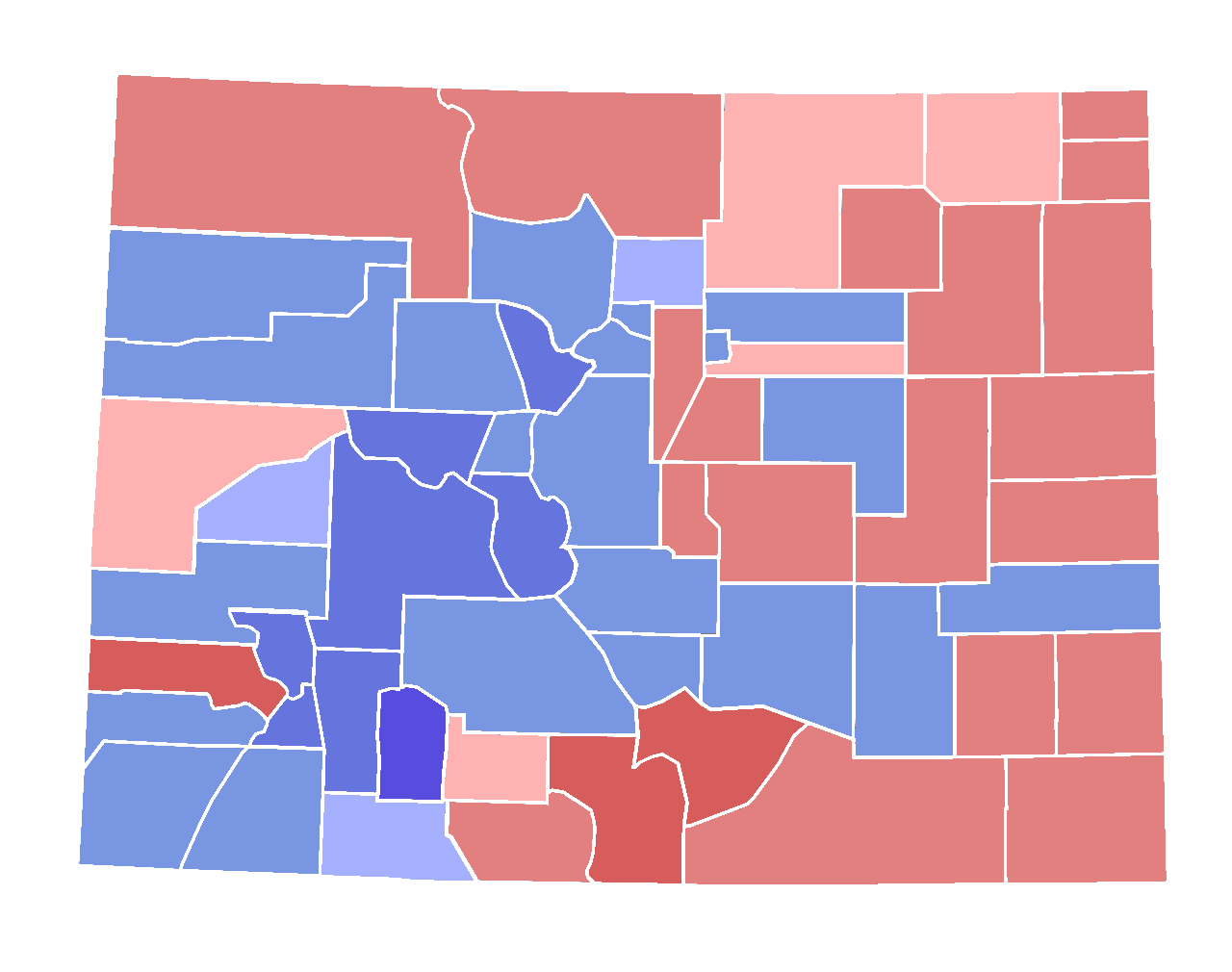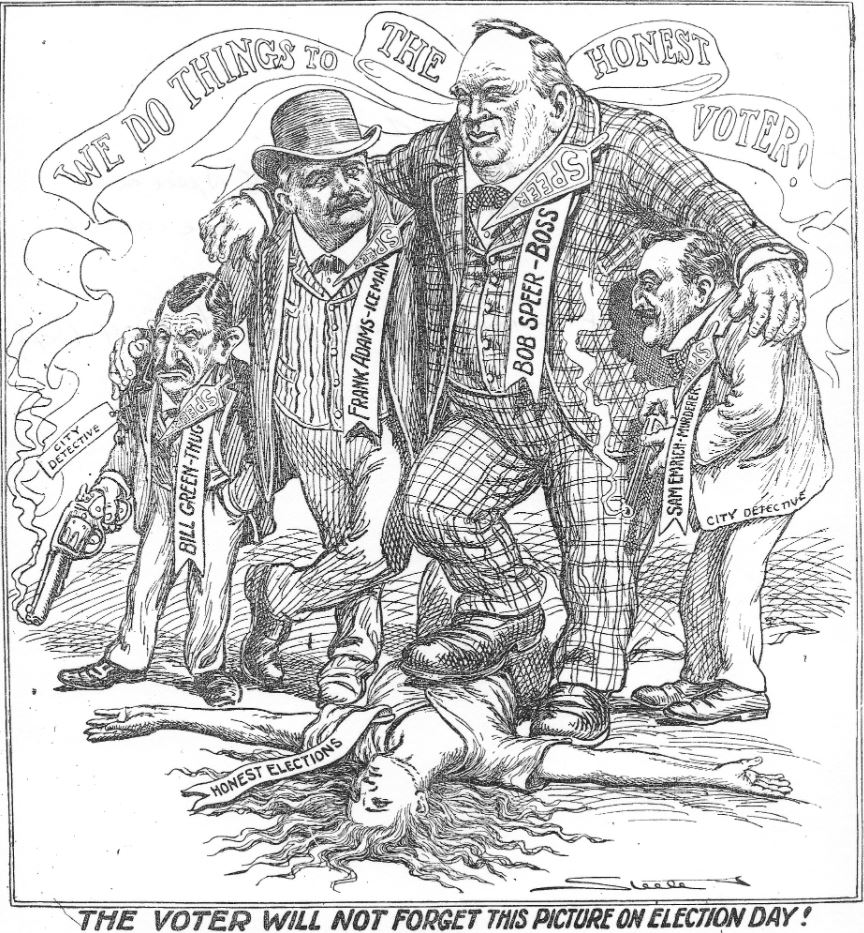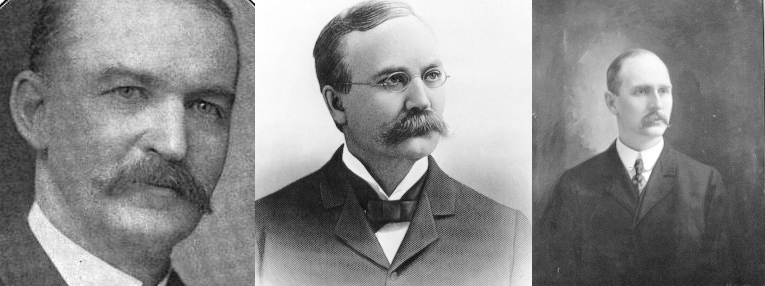
Story
1904: The Most Corrupt Election in Colorado History
Between stuffed ballot boxes, election clerks hopping off trains, and three governors in a day, Devin Flores might just have a point.
In the early months of 1905, the whole state of Colorado was in an uproar. Miners were on strike, an election clerk had just jumped out of a moving train while fleeing the law, and nobody knew who the governor really was. And it was all caused by one of the most corrupt elections in American history.
The election of 1904 came on the tail end of the Gilded Age, a time of rampant corruption nationwide. Political machines were hard at work in every major American city, churning out votes for their party no matter the cost. And things had grown especially bad in Colorado, where over a decade of troubles were reaching a boiling point.
The incumbent governor was Republican James H. Peabody, and while his political career was thus far short it was also very controversial. During his tenure the state was wracked by continuous strikes by miners fighting for rights and representation. Previous governors had sided with the working class in strikes like this, but Peabody instead responded with brute force. He sent out the state militia to crack down on striking workers, starting the brutal Colorado Labor Wars. Peabody gave command of the militia to an officer who notoriously scoffed: “They want habeas corpus? We’ll give them post mortems!”

Riots, arrests, and violence were abound in Colorado all through 1904 as the Colorado Labor Wars were in full swing. Union members were often assaulted and arrested by the Colorado National Guard, who were backed in their actions by business owners' associations and corrupt local governments. In return, the union workers would strike, riot, and ultimately defend themselves violently. The tumultuous situation inspired this nationally-distributed poster, which boldly asks: "Is Colorado In America?"
Peabody was beloved by big business, but hated by working class citizens. So when the election of 1904 came around, it quickly became one of the most fiery in state history.
Peabody’s opponent for governorship was Democrat Alva Adams, who had already served two terms as governor. He was more popular than Peabody, but didn’t have a spotless reputation. Leading up to the election both parties threw accusations of corruption at each other freely. And when election day finally came it was a wild affair, with rampant reports of voter fraud and stuffed ballot boxes coming in from all over the state.
Once the dust had settled and the votes were counted, Adams had won the governorship by a narrow margin, and the Democrats had won the state senate. But the fight was far from over.
Immediately, the accusations of corruption broke out again, and the state government ground to a halt. Peabody contested the results, demanding an investigation before Adams could be sworn into office. At first the two parties struck a deal, allowing Peabody to appoint members of the state Supreme Court if he conceded, but he refused to cooperate even after Adams took his governor’s oath for the third time.
An investigation was called, which quickly devolved into chaos. The probe was headed by the state legislature, but as more and more corruption was uncovered, seats were suddenly changing hands.

The 1904 election in Colorado was a close race, as can be seen in this county map. Counties marked in red primarily voted Republican, while counties marked in blue primarily voted Democrat. However, this map depicts the original count and does not take into account the months-long corruption investigations.
According to the Denver Post, “Never has there been such wild disorder in any legislature.”
The investigation quickly found evidence of blatant and egregious corruption on behalf of both parties. In Denver, the Democrats had stuffed ballot boxes to ridiculous extremes. Democrat-controlled police had promised criminals acquittal if they committed voter fraud by voting multiple times using disguises or simply by traveling from ballot box to ballot box. One individual was found to have personally voted 169 times, and 717 Democrat ballots were cast in one precinct with only 100 legal voters. And all over, the police were not only turning a blind eye to the obvious crimes, they were even assisting them.
Meanwhile, in the mining towns, Republican voter coercion was everywhere, and just as blatant. Mining and railroad companies were banking on Peabody’s victory, so they told their workers—who had suffered the worst of Peabody’s anti-union crackdowns—that they had to vote Republican or lose their jobs.
“If the Democrats should win, we may have to close the mine down,” said the owner of the Victor Fuel Company to his assembled workers. “And if the Republicans should win and find out that one of the working men voted the Democratic ticket, they would fire him.”

This political cartoon (first printed by the Denver Post in 1904) is focused on the Denver mayoral race, not the gubernatorial one, but it depicts the general air of corruption surrounding the elections that year. Especially noteworthy is the "city detective" on the far left, wielding a smoking gun- the Denver police were known to coerce voters, as well as aid and abet in voter fraud.
The mine workers were furious at being bullied like this and they were all too happy to report these threats to the investigators, along with other tales of physical coercion, voter fraud, and ballot stuffing. The mining towns of southern Colorado, especially Cripple Creek, Walsenburg, and Trinidad, came under close scrutiny as a result.
The furor of investigation and scandal reached its climax when Juan Montez, the election clerk of Huerfano County, jumped out of a moving train.
He was en route from Denver to Walsenburg with orders from the court to bring back a ballot box used in the most recent election—and a Denver County sheriff’s deputy rode along to ensure there was no funny business. He had already failed to produce the ballot box once, and the legislature wanted to be sure he brought it back this time. But not long after the train left the station, the clerk jumped off and tried to flee. He was captured, and was eventually charged with election fraud, but he was far from the last.
The Huerfano County ballot box was eventually recovered—completely empty. It didn’t even have a poll book inside. Apparently the official box hadn’t even been used during the election, and as a result all the ballots cast in the precinct were not official and had to be discounted.
Many other ballots were thrown out, and not all of them justly. It’s hard to say where investigation turned into even more corruption, but Coloradans were quickly losing faith in their government.
Thousands of voters across the state were furious when their own (legal) votes were discounted, leaving them voiceless in one of the most energetic elections in state history.
The investigation swelled to a truly ludicrous level, eventually amounting almost 200,000 pages of evidence and the testimony of over 2,000 witnesses. The entire governance of the state had ground to a halt, with Adams in office but unable to exercise any power without being called “usurper”, and the legislature dedicated weeks to flinging corruption charges against one another.
In the end, the “most flagrantly corrupt incident that has ever happened in Colorado” according to the Rocky Mountain News ended not with justice but with backroom deals.
Adams, his once robust political career now in tatters, willingly resigned late in the day on March 16, 1905. He had been in office for barely more than two months. Peabody was immediately sworn in as his replacement, but his victory was extremely short-lived.
He had also agreed to concede the election, so early the very next morning he too resigned, and lieutenant governor Jesse MacDonald was sworn into office. The question of the governorship was finally resolved, a full five months after the election, and Colorado won the dubious distinction of being the only state in American history to have three different governors within a single 24-hour period.

From left to right, Governors Peabody, Adams, and MacDonald. These three men were all governor of Colorado within the same 24 hours. While none of their personal political careers would survive the 1904 election scandal, Adams' brother William Adams would serve as state governor in the 1920s, while his son Alva B. Adams was a U.S. senator in the 1920s-40s.
The election of 1904 was uniquely blatant in its corruption, and it left a lasting mark on everyone involved. Many careers were ruined, from police chiefs to election clerks to both Adams and Peabody, who simultaneously retired from politics in disgrace. To be blunt, the 1904 election was a failure of democracy. But it was obviously not the end of democracy in Colorado.
Voters all across the state, and especially traditionally underrepresented groups, were emboldened to fight for their rights by this election. Many of the most vocal voices calling for fair elections were women voters, who had only won the vote in Colorado eleven years earlier. Mine workers, many of them immigrants, continued to unionize and fight valiantly against their employers and the state government.
With thousands of voters fighting against corruption, laws were changed. The political machines were shut down, and united workers refused to be bullied by their crooked employers. Voter fraud went from a casual crime, likened in 1905 to public drunkenness, to a serious charge. It took decades, dozens of future elections, and many bitter struggles, but eventually the lessons of 1904 were learned. And with hope those lessons will continue to serve us well as we move towards future elections.
Further Reading:
“Alva Adams.” History: Governors, Colorado State Archives. Accessed July 8, 2020. https://www.colorado.gov/pacific/archives/alva-adams#Corruption
“James H. Peabody.” History: Governors, Colorado State Archives. Accessed July 8, 2020. https://www.colorado.gov/pacific/sites/default/files/Peabody.pdf
Carlson, Peter. Roughneck: The Life and Times of Big Bill Haywood. New York: W. W. Norton & Company, 1983.
Hornbein, Marjorie. “Three Governors in a Day.” Colorado Magazine 45, no. 3 (1968): 243-260.
Quillen, Ed. “As Bad As The 1904 Election In Colorado?” Denver Post (Denver, CO). Nov. 2, 2004.
Kelly, Kate. “Coercion and Fraud in Colorado.” Election Day: An American Holiday, an American History. iUniverse, 2008.
More from The Colorado Magazine
Colorado Is My Classroom More than a century ago, open-air classrooms had a moment in response to another pandemic. Then it was tuberculosis, another era-defining airborne pathogen that attacked the respiratory system. And the results were encouraging. Could fresh air be part of the solution to school in the time of coronavirus?
Immigration to Colorado: Myth and Reality For most of its history, America has been a haven for those seeking a better life and a refuge for those fleeing for their lives. Indeed, since its inception, America has been an inspiration to others, a place where the downtrodden could find hope. Among the proponents of immigration was President John F. Kennedy, who laid out his inclusionary vision of America in his 1958 book, A Nation of Immigrants.
“Is America Possible?” The Space Between David Ocelotl Garcia’s and Norman Rockwell’s Freedom of Worship
